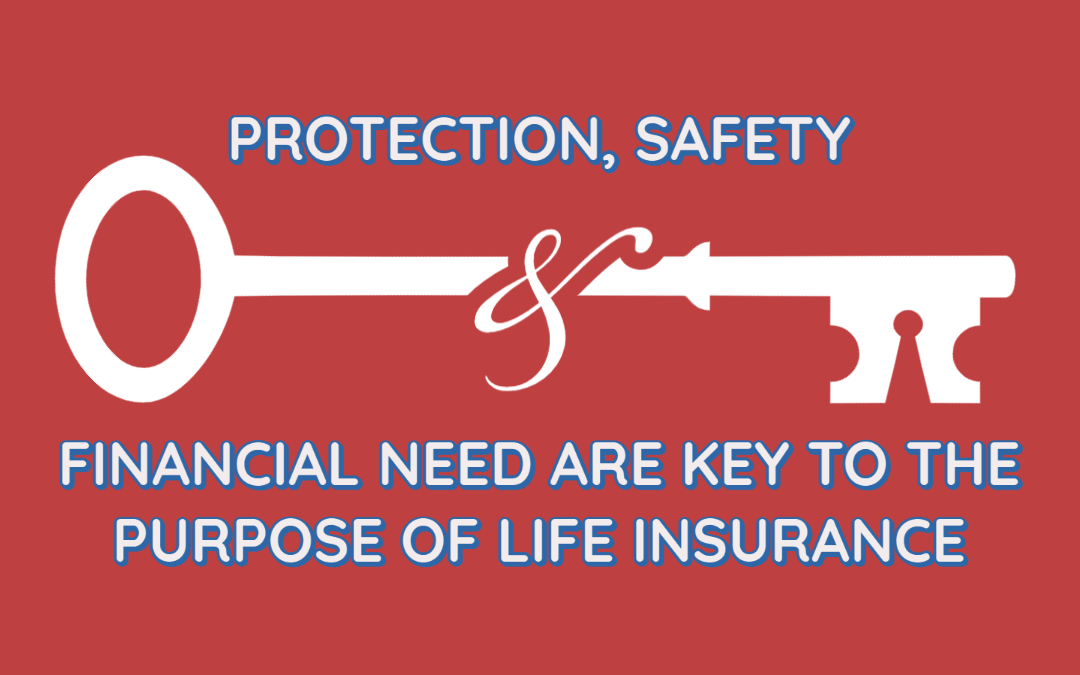Pacific Prime for Beginners
Table of ContentsThe Single Strategy To Use For Pacific PrimePacific Prime Can Be Fun For AnyoneAn Unbiased View of Pacific PrimeSome Known Facts About Pacific Prime.Pacific Prime - Truths

This is since the data were gathered for a period of solid economic efficiency. Of the estimated 42 million individuals who were uninsured, just about about 420,000 (regarding 1 percent) were under 65 years of age, the age at which most Americans become eligible for Medicare; 32 million were grownups between ages 18 and 65, around 19 percent of all adults in this age group; and 10 million were children under 18 years old, regarding 13.9 percent of all kids (Mills, 2000).
These quotes of the variety of individuals uninsured are created from the annual March Supplement to the Present Population Survey (CPS), conducted by the Census Bureau. Unless or else kept in mind, national quotes of individuals without health insurance and proportions of the population with various kinds of protection are based upon the CPS, one of the most widely made use of resource of quotes of insurance policy coverage and uninsurance prices.
Getting My Pacific Prime To Work

Still, the CPS is specifically useful since it produces yearly quotes relatively rapidly, reporting the previous year's insurance coverage approximates each September, and due to the fact that it is the basis for a constant collection of price quotes for greater than 20 years, permitting analysis of trends in insurance coverage with time. For these reasons, along with the considerable use the CPS in various other studies of insurance protection that exist in this record, we rely upon CPS quotes, with constraints noted.

The estimate of the variety of without insurance people broadens when a populace's insurance coverage status is tracked for several years. Over a three-year period starting early in 1993, 72 million individuals, 29 percent of the united state populace, lacked insurance coverage for at the very least one month. Within a solitary year (1994 ), 53 million people experienced a minimum of a month without protection (Bennefield, 1998a)
Six out of every 10 uninsured grownups are themselves employed. Functioning does boost the chance that one and one's family members will have insurance coverage, it is not a guarantee. Also members of family members with 2 full time wage earners have virtually a one-in-ten chance of being without insurance (9.1 percent uninsured rate) (Hoffman and Pohl, 2000).
The Only Guide for Pacific Prime
New immigrants make up a significant percentage of individuals without medical insurance. One analysis has attributed a considerable portion of the current growth in the size of the united state uninsured population to immigrants who got here in the country between 1994 and look at this now 1998 (Camarota and Edwards, 2000). Current immigrants (those that concerned the United States within the previous four years) do have a high rate of being uninsured (46 percent), yet they and their youngsters account for simply 6 percent of those without insurance coverage country wide (Holahan et al., 2001).
The partnership between medical insurance and access to care is well developed, as recorded later on in this phase. Although the relationship in between health insurance policy and health outcomes is neither direct neither easy, a comprehensive scientific and health solutions research literature web links medical insurance coverage to better access to care, much better top quality, and improved personal and populace wellness condition.
Degrees of analysis for analyzing the impacts of uninsurance. This discussion of wellness insurance protection concentrates largely on the U.S. population under age 65 due to the fact that basically all Americans 65 and older have Medicare or other public coverage. It focuses particularly on those without any kind of health insurance coverage for any type of size of time.
The Pacific Prime PDFs
The troubles dealt with by the underinsured are in some areas similar to those faced by the without insurance, although they are typically much less extreme. Health insurance coverage, nevertheless, is neither essential neither adequate to acquire accessibility to clinical services. The independent and direct result of wellness insurance protection on accessibility to health services is well developed.
Others will acquire the health care they require even without health and wellness insurance, by paying for it expense or seeking it from providers who provide treatment free or at extremely subsidized rates. For still others, health and wellness insurance policy alone does not guarantee invoice of care due to the fact that of various other nonfinancial barriers, such as a lack of healthcare providers in their neighborhood, minimal access to transportation, illiteracy, or linguistic and social distinctions.
Not known Details About Pacific Prime
Formal study about without insurance populations in the USA dates to the late 1920s and very early 1930s when the Committee on the Cost of Treatment created a series of reports concerning financing medical professional office brows through and hospitalizations. This problem came to be prominent as the numbers of clinically indigent climbed up throughout the Great Anxiety.